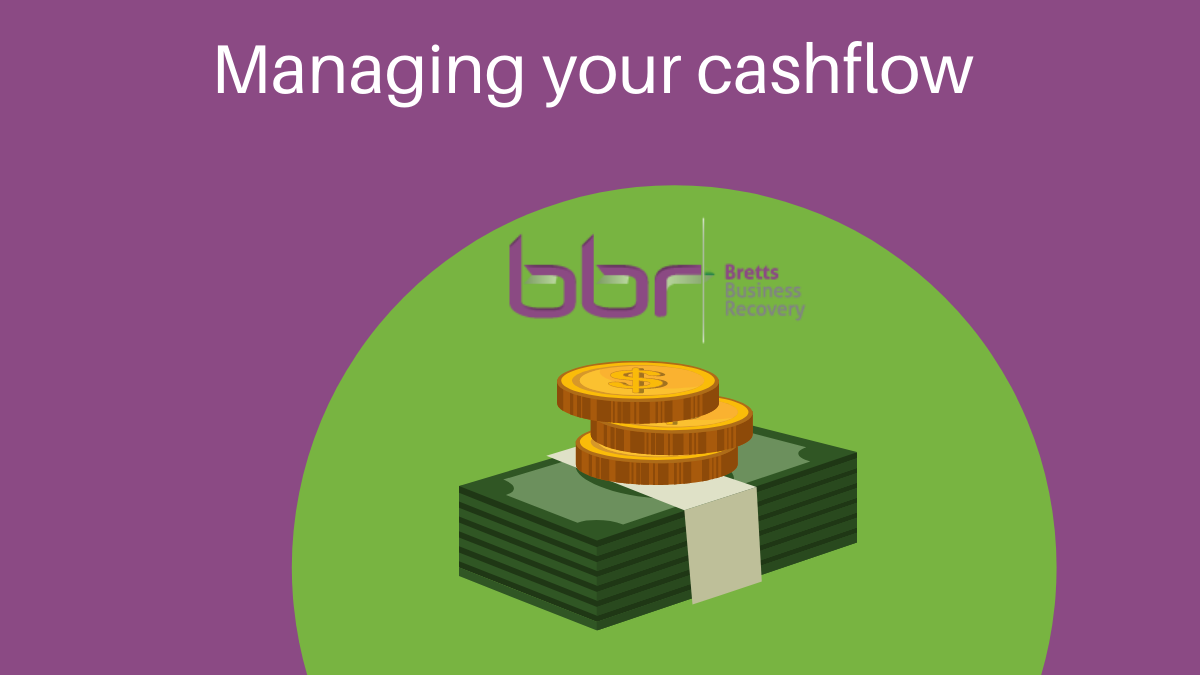Managing your cash flow – what do you need to consider?

Cash (flow) really is king…
It’s important to realise that when a successful business grows it often places more pressure on cash flow which can lead to business failure, even though at a profit and loss level the business is successful. In fact, it is poor cash flow rather than a lack of profitability that leads to the many of the hundreds of thousands of business deaths seen every year in the UK!
So what do you do to ensure that you are not one of these dying businesses? It certainly isn’t, as we see so many business owners do, to put more and more money into your business without fixing the underlying problems. First , you have to identify the issues causing your cash shortage, understand what your business needs to look like and then put in place the measures to deliver these changes. Of course it may be that you need to increase funding in the short term whilst these changes take effect, but only when you have remodelled the business, otherwise you could simply be throwing good money after bad.
The answer is also not as complicated as you might think. Effectively there are only five basic elements to managing your cash flow. These are:
1) The level of gross profit you make on sales (sales revenue less the direct cost of sales)
2) The level of debt you are owed by others and the speed at which this is paid
3) The level of debt you owe to others and the speed at which this is paid
4) The levels of stock you hold and the speed at which you rotate it
5) The level of overheads you pay every month and the speed in which you pay them
The key then is to taking these five elements and refining them in such a way as to build a model for your business allowing it to function effectively and within agreed funding levels. This will give it the capacity for growth ensuring that these vital elements of your business work effectively and in harmony to build a cash generative business rather than one that always seems to require you to put more and more money in.
So what changes should you make? Well there are many and it depends on the individual circumstances of your business but, for example, you could:
1) To improve gross profit increase selling prices, reduce cost prices, reduce direct costs, lower quality of goods, etc.
2) To improve the level of debt you are owed, shorten payment terms, improve debt collection process, reduce credit limits, etc.
3) To improve the level of debts you owe, extend payment terms, reduce ordering quantities, reduce lead times, etc
4) To reduce the level of stock, reduce lead times, reduce order quantities, buy locally, implement minimum and maximum stock levels, reduce numbers of lines, etc.
5) To reduce the level of overheads, reduce staffing levels, shop around for utilities, negotiate better terms, manage waste better, etc.
As you can see there is plenty that can be done to improve cash flow, the secret is knowing what the model is, what specifically to do and then putting in place systems, processes and KPI’s to ensure:
1) It is done
2)It is monitored, and
3) ongoing improvements to the model are continuously made.
If you would like to understand your financial model a little better why not take advantage of our FREE review where we come along and spend a couple of hours of our time understanding your business, its financial challenges and explain how we help you solve them.
Contact Us